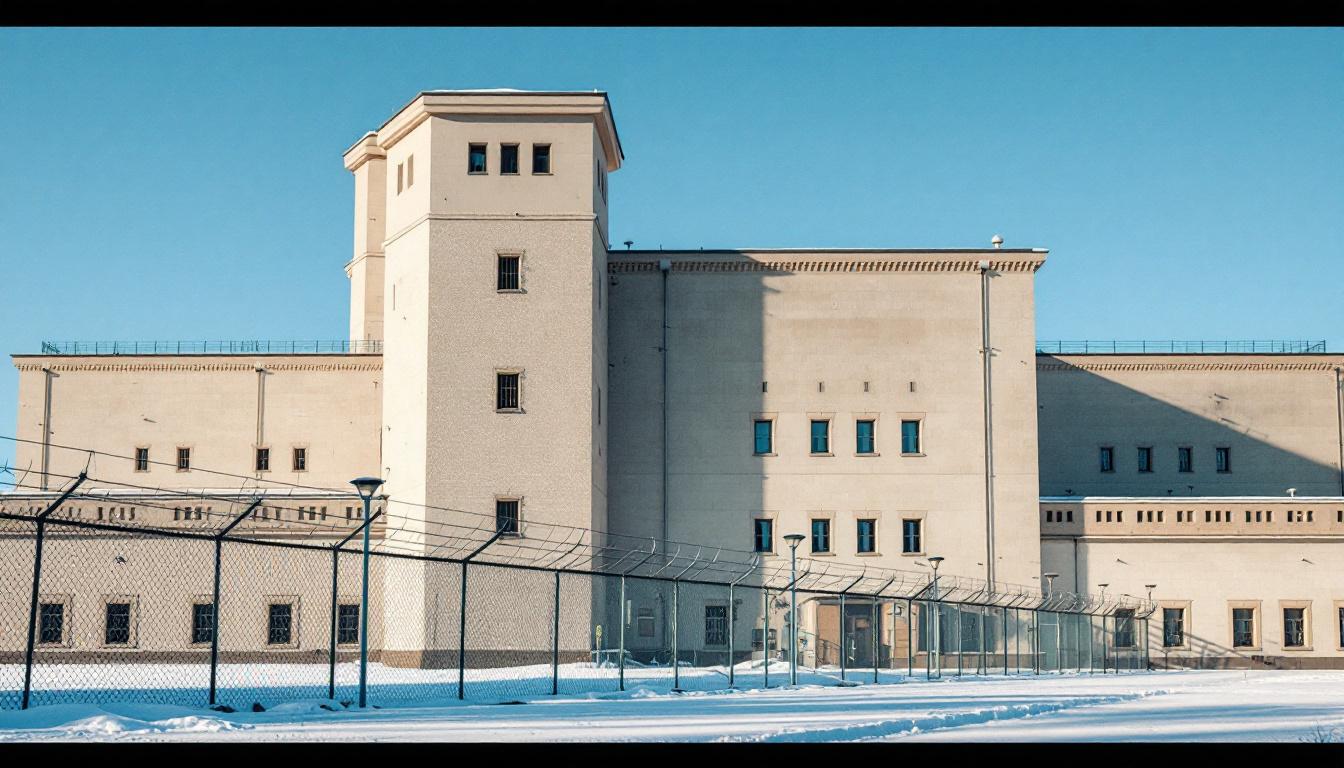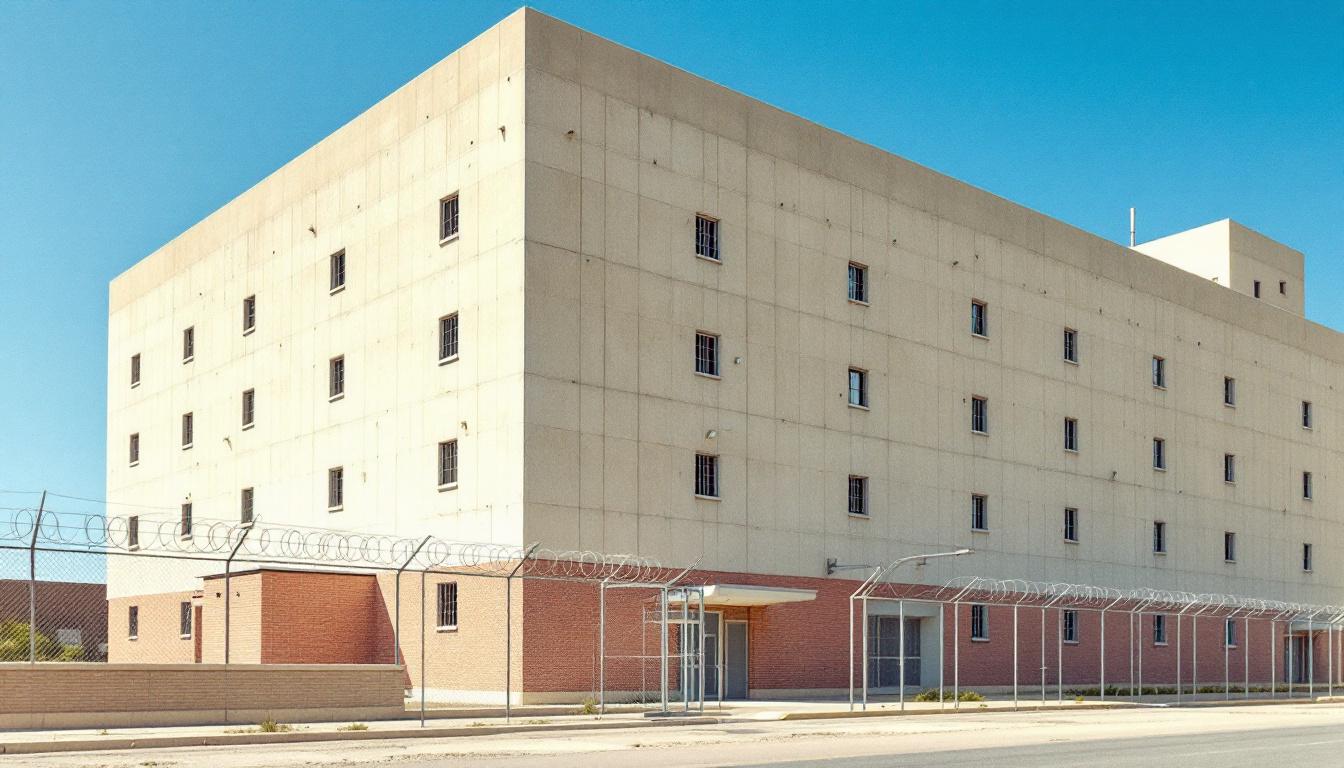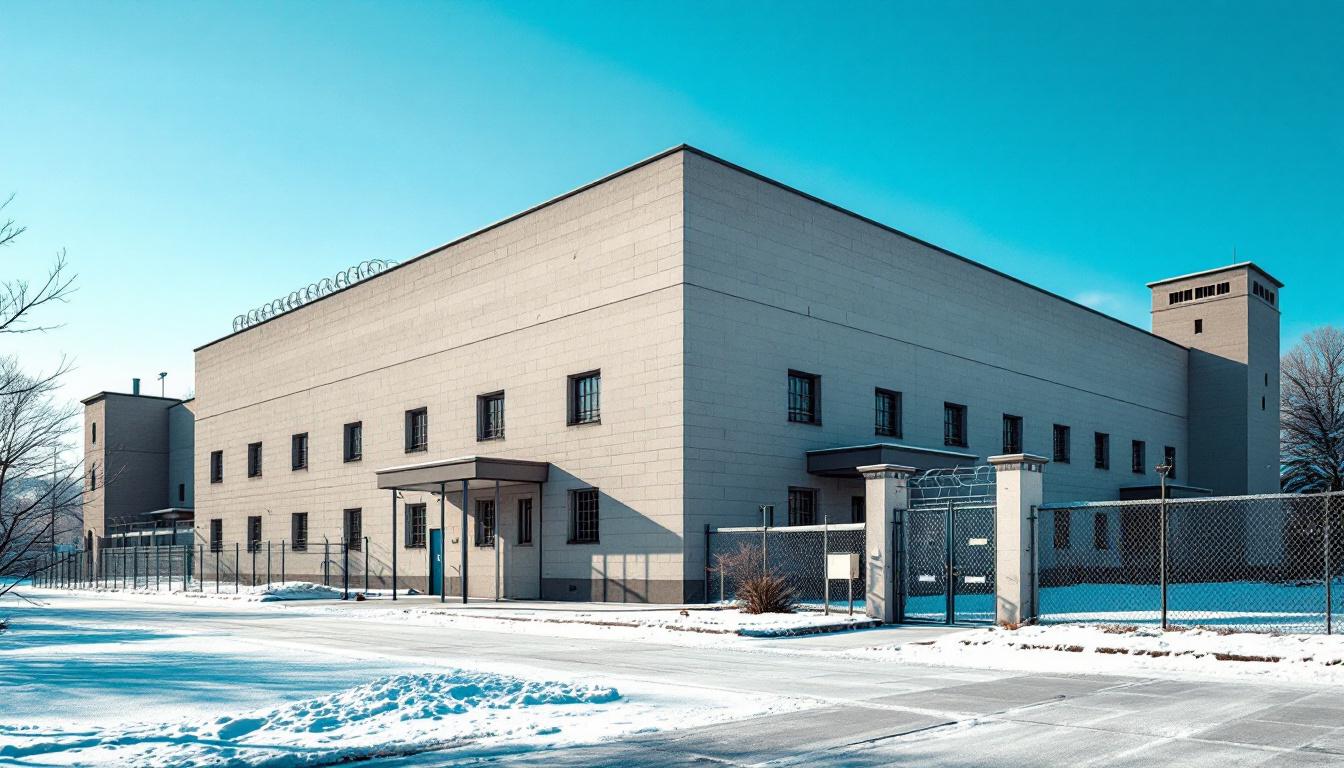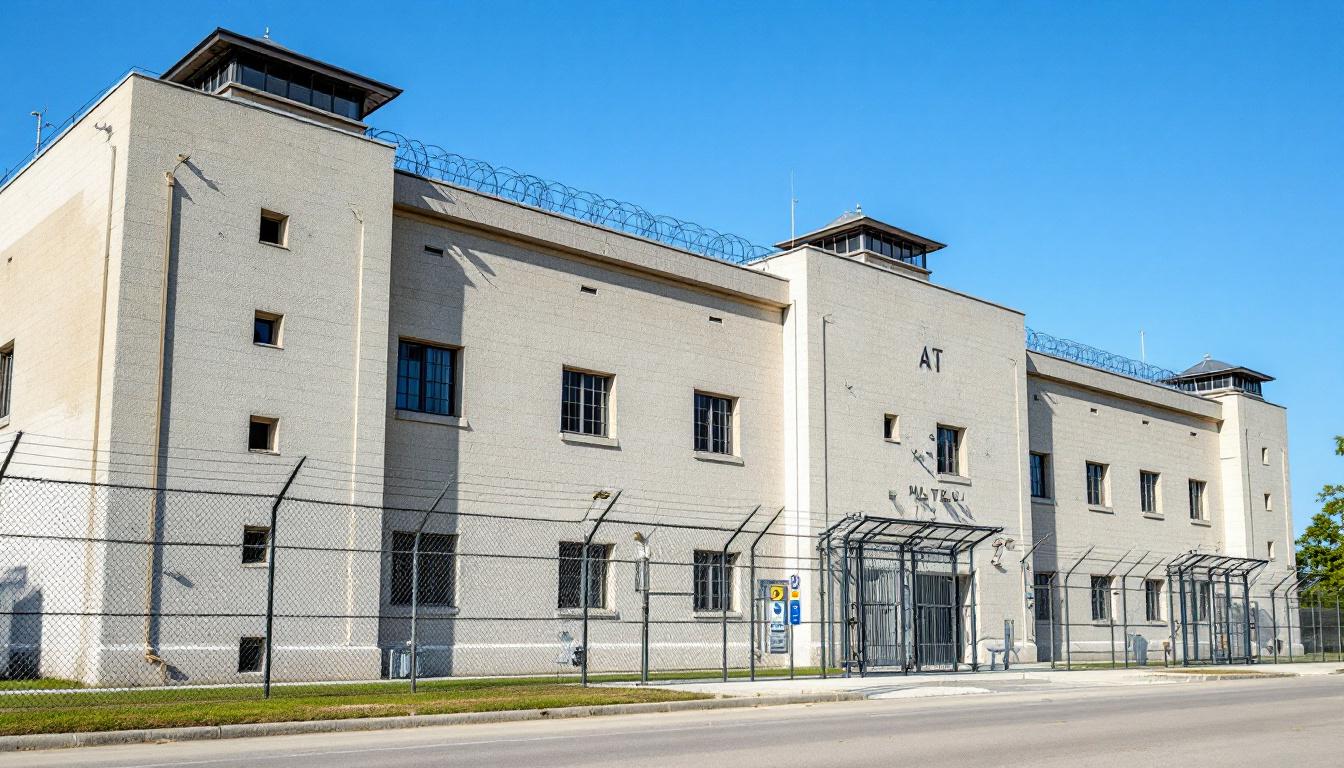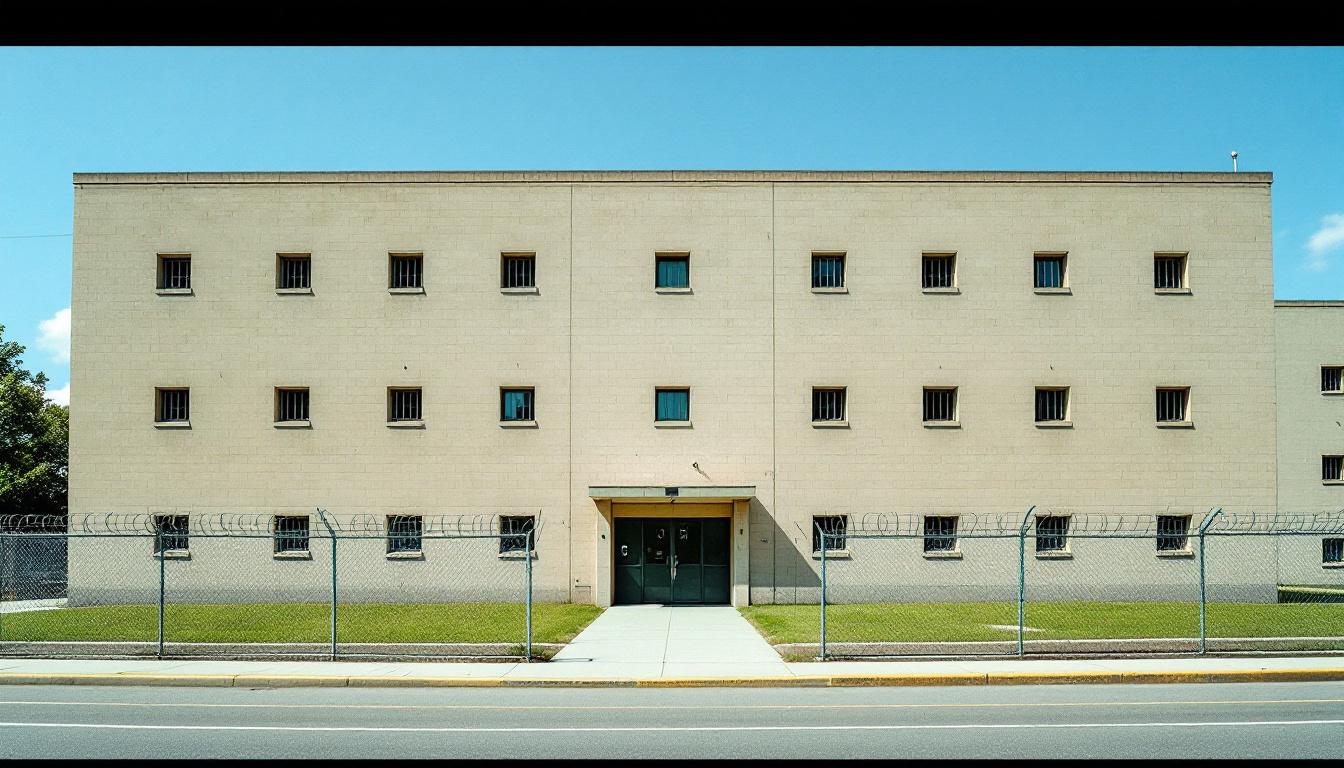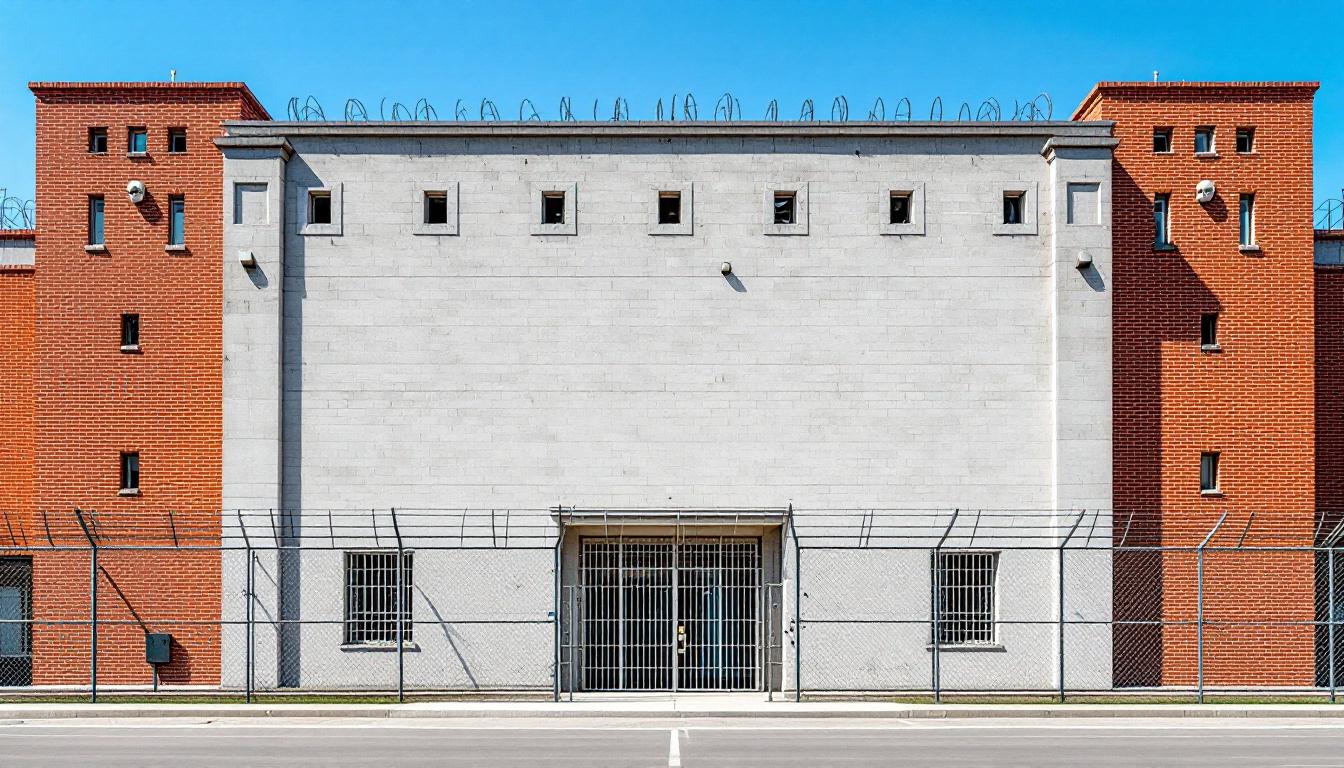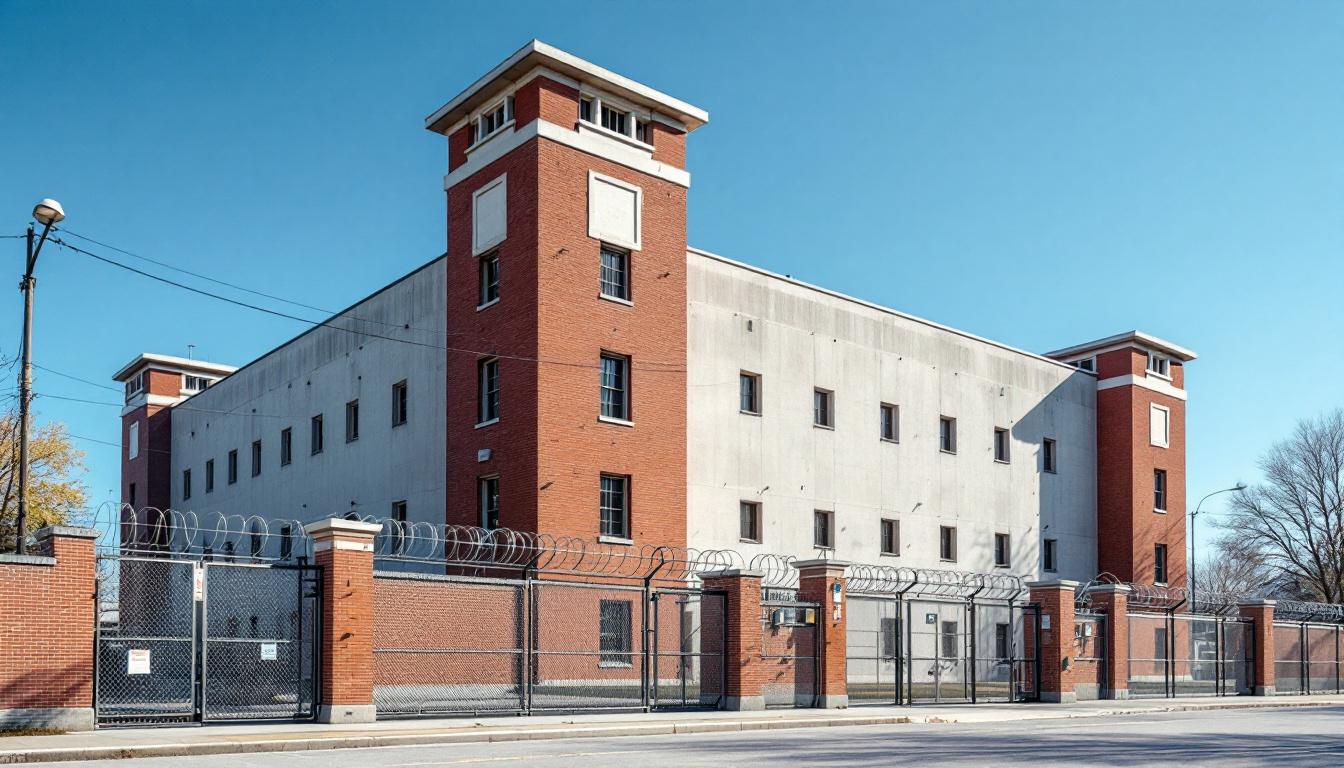
Quick Navigation
How to contact an inmate at Arizona State Prison Complex Tucson
This comprehensive guide will walk you through how to connect with an inmate at Arizona State Prison Complex Tucson. Follow the steps below to find an inmate and send letters and photos:
- Search for the inmate using our search tool below
- Create your account or log in to Penmate
- Write your message (up to 6,000 characters)
- Send instantly - inmates receive printed copies daily
Find an Inmate
Search for an inmate to start communicating today
Tip: You can search by first name, last name, or inmate ID number
To contact a person at Arizona State Prison Complex Tucson start by searching for the person on the facility website. Perform a search by following these steps:
- Step 1: Enter their first name and last name into the search form and click "Search"
- Step 2: Locate their inmate record
- Step 3: Write down their Inmate ID and any housing information provided
Important! Be sure to enter the person's full name. Nicknames should not be used.
How to Send Messages to Inmates

You can use your phone or computer to send emails, letters, and photos to an inmate. Messages are sent electronically to inmate tablets or kiosks at the facility. If you would like to send a message, start by searching for an inmate at Arizona State Prison Complex Tucson.
Sending Photos and Postcards

A great way to send love and support to a loved one at Arizona State Prison Complex Tucson is to send photos and postcards. It only takes a few minutes to send photos from your phone and it makes a huge difference. You can also mail postcards with words of support and inspiration, or design your own postcard for special moments like birthdays and holidays.
Important! Be sure not to send any explicit photos or they may not be approved by the facility. You can also use a photo printing app like Penmate to make sure your photos are printed at the correct size (4x6 or 3x5) and are mailed according to the rules and regulations of Arizona State Prison Complex Tucson.
Frequently asked questions about Arizona State Prison Complex Tucson
-
How long does it take to deliver a message?
If you're sending an email message your letter is usually delivered within 24-48 hours. For messages sent via mail you should expect delivery within 3-7 days. All messages will need be approved by Arizona State Prison Complex Tucson.
-
How much does it cost to send a message to Arizona State Prison Complex Tucson?
You can send a message free using your phone or mail a message via USPS for the price of a $0.60 stamp and envelope. You can also purchase credits or e-stamps from services starting at $1.99.
-
What services can I use to contact an inmate at Arizona State Prison Complex Tucson?
Penmate
You can use Penmate to send letters and photos to an inmate from your phone. It's an easy way to stay in touch during your loved one's incarceration. Use the inmate locator to find an inmate's location and contact information, then you can send messages within a few minutes.
Securus messaging
Securus may be another option for communicating with an inmate at Arizona State Prison Complex Tucson. You can create a friends and family account and purchase credits to send messages. All messages will be reviewed and must be approved by the facility.
JPay
Some county jails and state prisons may support sending messages with JPay. You must register an account with the system, find your loved one, and purchase stamps to send messages. For some locations you can also attach photos.
Smart Jail Mail
You may also check if Smart Jail Mail is available at Arizona State Prison Complex Tucson. Smart Jail Mail is operated by Smart Communications and has contracted with some state and county jails. After purchasing credits, your messages and photos are sent to the facility, printed out, and then handed out to your loved one.
-
What is the mailing address of Arizona State Prison Complex Tucson?
Mailing address:
Arizona State Prison Complex Tucson
10000 S Wilmot Rd
Tucson, AZ 85734
Phone: (520) 574-0024Business hours:
- Monday: 8:00 – 10:00 AM
- 12:00 – 4:00 PM
- Tuesday: 8:00 – 10:00 AM
- 12:00 – 4:00 PM
- Wednesday: 8:00 – 10:00 AM
- 12:00 – 4:00 PM
- Thursday: 8:00 – 10:00 AM
- 12:00 – 4:00 PM
- Friday: 8:00 – 10:00 AM
- 12:00 – 4:00 PM
- Saturday: 8:00 – 10:00 AM
- 12:00 – 4:00 PM
- Sunday: 8:00 – 10:00 AM
- 12:00 – 4:00 PM
-
What are the visiting hours at Arizona State Prison Complex Tucson?
Visiting hours at Arizona State Prison Complex Tucson vary by housing unit and security level. Generally, visits are scheduled on weekends and holidays, with some facilities offering weekday visits. Contact the facility directly at (520) 574-0024 or check their website for the current visiting schedule. Visits typically last 30-60 minutes and must be scheduled in advance.
-
What items are prohibited when sending mail to Arizona State Prison Complex Tucson?
Prohibited items typically include: cash, personal checks, stamps, stickers, glitter, glue, tape, staples, paperclips, polaroid photos, musical or blank greeting cards, hardcover books, magazines with staples, and any items containing metal or electronics. Only send letters on plain white paper with blue or black ink. Photos must be printed on regular photo paper (no Polaroids). Always check with Arizona State Prison Complex Tucson for their specific mail policies.
-
How do I send money to an inmate at Arizona State Prison Complex Tucson?
You can send money to an inmate at Arizona State Prison Complex Tucson through several methods: 1) Online using JPay, Access Corrections, or the facility's approved vendor, 2) Money orders mailed directly to the facility with the inmate's name and ID number, 3) Kiosks located in the facility lobby, or 4) Over the phone using a credit or debit card. Fees vary by method, typically ranging from $2.95 to $11.95 per transaction.
-
Can I schedule a video visit with an inmate at Arizona State Prison Complex Tucson?
Many facilities now offer video visitation as an alternative to in-person visits. At Arizona State Prison Complex Tucson, video visits may be available through services like Penmate, Securus Video Connect, GTL, or ICSolutions. Video visits typically cost $10-20 for 20-30 minutes and must be scheduled in advance. You'll need a computer or smartphone with a camera and reliable internet connection. Contact the facility for their specific video visitation policies and approved vendors.
-
What identification do I need to visit an inmate at Arizona State Prison Complex Tucson?
All visitors must present valid government-issued photo identification such as a driver's license, state ID, passport, or military ID. Minors must be accompanied by a parent or legal guardian who can provide the minor's birth certificate. Some facilities require visitors to be on the inmate's approved visitation list, which may require a background check. Contact Arizona State Prison Complex Tucson for specific ID requirements and visitor approval procedures.
-
How can I find out an inmate's release date?
To find an inmate's release date at Arizona State Prison Complex Tucson, you can: 1) Use the online inmate search tool if available, 2) Call the facility's records department, 3) Contact the inmate's case manager or counselor, or 4) Have the inmate provide this information during a call or visit. For privacy reasons, some facilities only release this information to immediate family members.
Facility Overview
Contact Information
Arizona State Prison Complex Tucson10000 S Wilmot Rd
Tucson, AZ 85734
Phone: (520) 574-0024

About Arizona State Prison Complex Tucson
Correctional facilities throughout Arizona’s mountain region serve as critical components in the state’s justice system, with ASPC-T SANTA RITA standing as a key institution serving the Tucson area and surrounding communities. Located in the desert landscape of southern Arizona, this AZ correctional facility operates within a framework designed to balance security requirements with meaningful opportunities for personal growth and community preparation. The facility typically houses individuals at various stages of their sentences, working to create an environment where safety protocols align with rehabilitative programming that may help prepare residents for eventual reintegration into Tucson and neighboring communities.
Programs at the facility generally focus on developing practical skills and addressing underlying factors that contribute to criminal behavior, with the population services often including educational opportunities, vocational training, and counseling support. The correctional facility may offer substance abuse treatment, anger management courses, and basic literacy programs designed to enhance post-release success rates. Mental health services and medical care typically form essential components of daily operations, recognizing that addressing physical and psychological well-being often correlates with reduced recidivism. Through these comprehensive approaches, the facility aims to serve not dedicated as a secure detention center but as a stepping stone toward productive citizenship, ultimately benefiting both participants and the broader Tucson community they may eventually rejoin.
Programs & Services
Through comprehensive programming designed to address diverse needs, ASPC-T SANTA RITA demonstrates its commitment to fostering personal growth and meaningful transformation within the population. The facility’s approach emphasizes building essential life skills while simultaneously addressing underlying challenges that may have contributed to incarceration. This multifaceted strategy recognizes that sustainable reintegration requires both practical preparation and therapeutic intervention, creating pathways for individuals to develop the tools necessary for successful community reentry.
Educational initiatives form the cornerstone of skill development, typically encompassing literacy enhancement, GED preparation, and various academic pursuits that strengthen foundational knowledge. Additionally, construction trades programs may supply hands-on training in essential building techniques, equipping participants with marketable skills that align with community employment opportunities. These vocational offerings often emphasize practical application alongside theoretical understanding, allowing the population to develop expertise that translates directly into post-release career prospects while building confidence through tangible accomplishment.
Work programs provide structured opportunities for the population to maintain productive routines while contributing meaningfully to facility operations, often including specialized areas such as painting and decorating that develop both technical proficiency and artistic expression. Additionally, substance abuse treatment programs address the complex challenges that frequently underlie criminal behavior, utilizing evidence-based therapeutic approaches to support lasting recovery. These support services typically integrate individual counseling, group sessions, and educational components that help participants understand addiction patterns while developing healthy coping mechanisms essential for maintaining sobriety and strengthening family relationships upon release.
Daily Life & Visitation
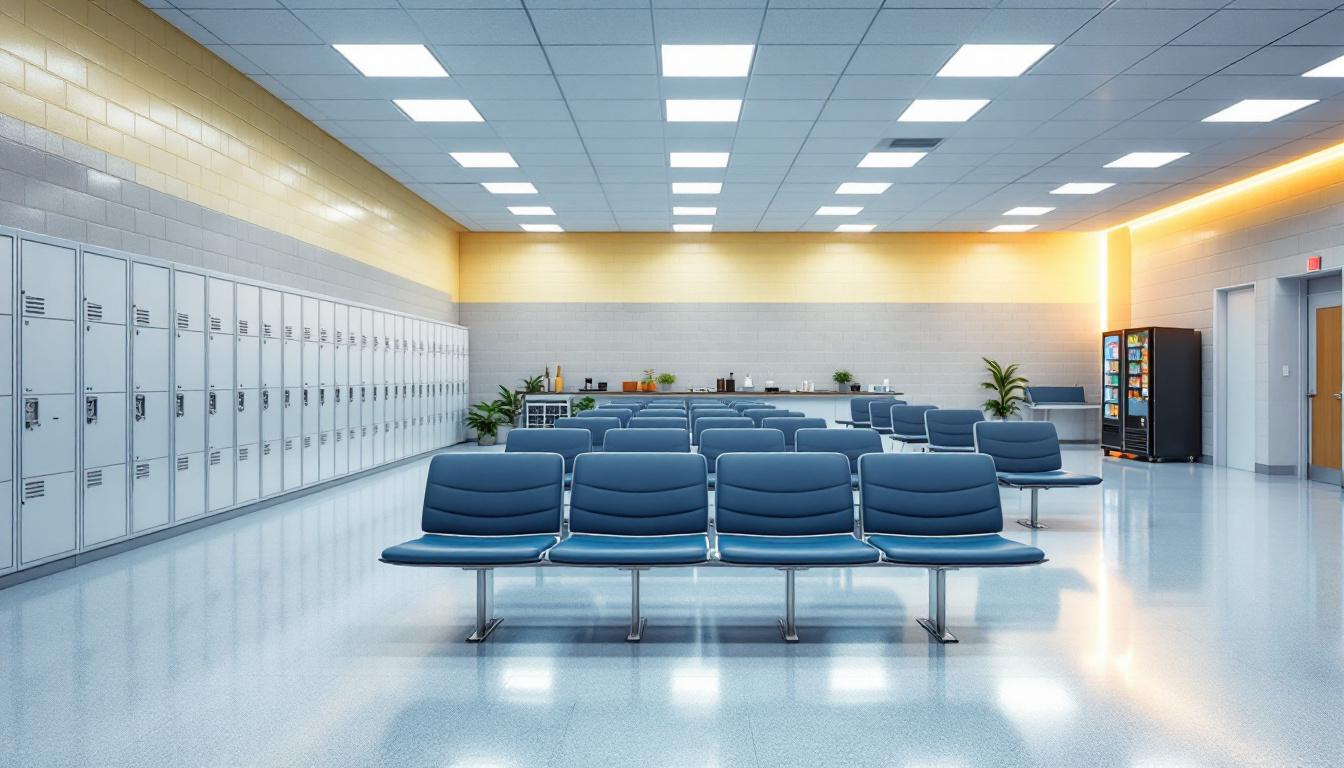
The systematic organization of daily operations at ASPC-T Santa Rita shapes every aspect of the population’s experience, with carefully structured routines that currently govern movement, activities, and interactions throughout the facility. The administration continues to maintain consistent schedules that typically begin with early morning counts and progress through designated periods for meals, work assignments, and recreational activities, ensuring that the population understands expectations and maintains predictable patterns throughout each day.
Housing arrangements generally consist of dormitory-style accommodations and individual cells, depending on classification levels and security requirements, where the population typically shares common areas while maintaining personal storage space for approved belongings and commissary items. Meals are usually served in designated dining areas at scheduled times, with the population moving in organized groups to ensure orderly service and adequate supervision. Additionally, living spaces often include access to television viewing areas and basic recreational facilities where residents can engage in structured leisure time when not participating in work assignments or programming activities.
Work assignments supply essential structure to daily routines, with the population typically participating in facility maintenance, kitchen operations, laundry services, and various institutional support roles that contribute to the overall functioning of the complex. While recreational opportunities may include outdoor exercise periods, organized sports activities, and access to library services, these activities generally operate within scheduled time frames that accommodate security protocols and staffing requirements. Family connections continue through regulated visitation schedules and telephone access, allowing the population to maintain important relationships with loved ones, though these communications typically follow established guidelines regarding frequency and duration to ensure fair access for all residents.
Ready to Connect?
Start communicating with your loved one today
Search for an Inmate
